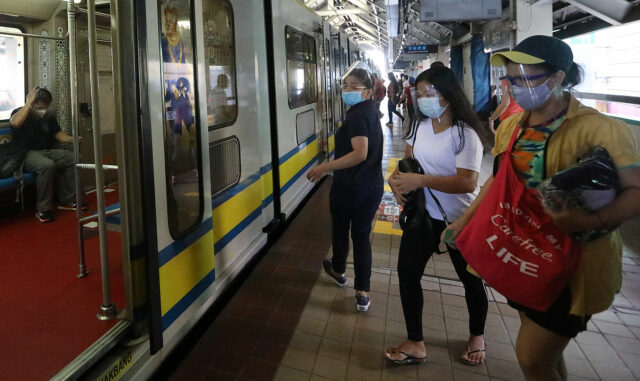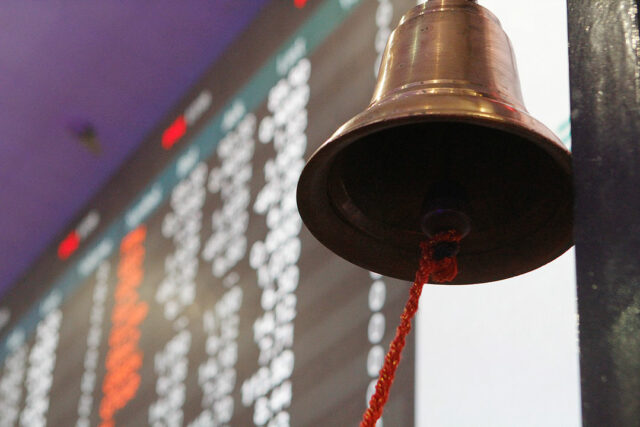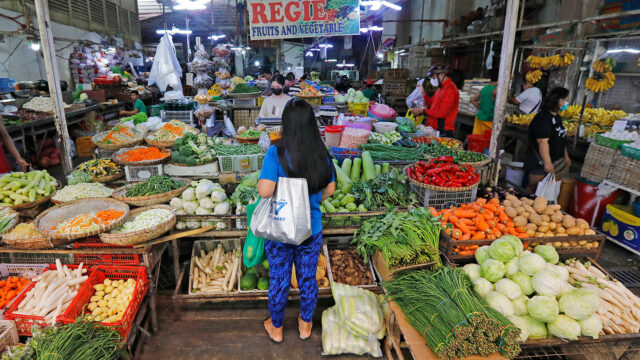Paywatch raises $30M to expand product offerings
EARLY WAGE ACCESS (EWA) platform Paywatch has raised $30 million or P1.76 billion in fresh funding from a mix of equity and credit facilities, which it plans to use for its expansion in the Philippines and its other markets, it said on Monday.
Paywatch received over $14 million or P821 million in Series A equity investment from a consortium of US investors led by Third Prime, it said in a statement. The consortium includes Vanderbilt University and University of Illinois Foundation, with participation from new investors Octagon Venture Partners and Wooshin Venture Investment Corp.
It also secured $16 million or P939 million via credit facilities from global banks.
Paywatch said this was the largest funding round closed by an EWA player in Southeast Asia.
The company will use the proceeds of this latest fundraising to boost its growth and expand its products, it said.
A significant portion of Paywatch’s Series A funding will be used to enhance its embedded finance offerings along with its other innovation efforts.
The company expects to disburse over $ 120 million or P7.04 billion in salaries by the end of the year, more than doubling its lifetime volume.
To date, Paywatch has processed over $58 million or P3.4 billion in salaries and increased its disbursements to nearly $8 million of P469 million per month in Asia.
Paywatch added its disbursements are growing 15% month over month.
The company has been in the Philippines since 2023 and is partnered with real estate developers, luxury hotels, business process outsourcing companies, manufacturing, and retail brands.
It is also active in Hong Kong, Indonesia, Malaysia, and South Korea.
“The Philippines represents a pivotal market for Paywatch. The positive reception to earned wage access in the country is encouraging,” Paywatch Philippines President Rowell Del Fierro was quoted as saying. “The Series A funding underscores our commitment to Filipino workers. This achievement propels our broader impact, enabling us to reach more enterprises who share our vision of financial inclusivity and enhancing the country’s economic resilience.”
“Amidst this funding and tech winter, we take immense pride in the confidence shown by these esteemed investors and banks in our vision. From the outset, we firmly believed that providing earned wage access at the lowest, nominal fee to users while ensuring access to major financial institutions was the sustainable path. Although it was a more challenging route to market, our rapid growth and portfolio of high-caliber enterprise clients validate our approach,” Paywatch President and Co-founder Alex Kim said. — AMCS















